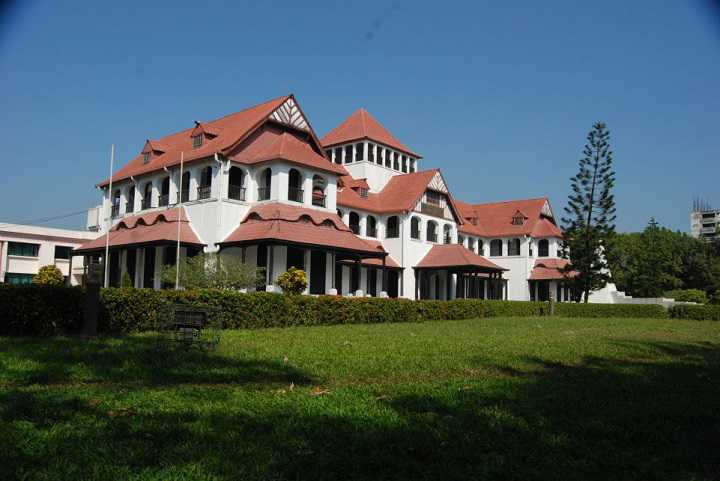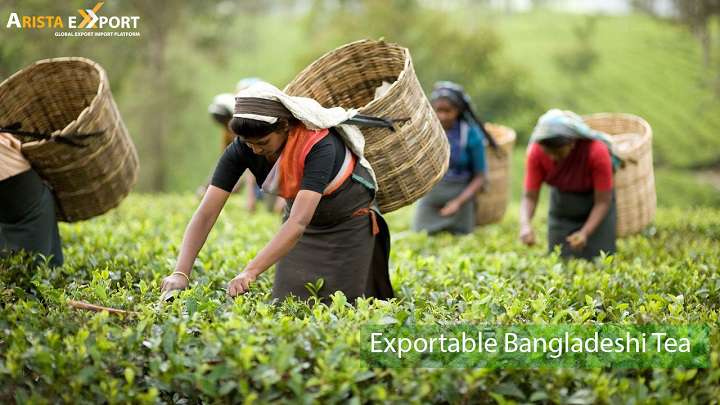The History Of Our Tea
Tea is a historical product in our country. During the British Empire, Black tea cultivation was introduced in Bengal and Assam in Assam’s Sylhet district. In 1834, British empire Robert Bruce first time discovered tea plants in the Khasi and Jaintia Hills and other hilly areas in the northeast. This tea lead Assam Tea Company being established in 1839 and many businessmen were actively involved with this company such as Haji Mohammed Hashim, Dwarkanath Tagore, and Mutty Lall Seal. The Assam Tea Company was associated with Calcutta’s Bengal Tea Association, which was also a popular company at that time. European traders established the first subcontinental tea gardens in the port city of Chittagong in 1840, when plantations were set up beside the Chittagong Club using Chinese tea plants from the Calcutta Botanical Garden. The first home-grown tea was made and tasted near the Karnaphuli River in Chittagong in 1843. Commercial cultivation of tea began in the Mulnicherra Estate in Sylhet in 1857.
The Surma River Valley in the Sylhet region emerged as the center of tea cultivation in Eastern Bengal. Plantations also flourished in Lower Tippera (modern Comilla) and Panchagarh which in North Bengal. Panchagarh is the only third tea zone in Bangladesh and most demanded teas cultivated here. Tea was a major export of British Bengal. The Assam Bengal Railway served as a lifeline for the industry, transporting tea from growers in the Surma and Brahmaputra Valleys to exporters in the Port of Chittagong. Later in 1947 partition, Bangladesh was over 56,846 hectares of land under tea cultivation, up from 28,734 hectares.
After the 1971 War
After the 1971 liberation war, Bangladesh freshly started produced tea for export and those times tea was major exporting products in our country. In Bangladesh tea is grown in the northern and eastern districts, the highlands, temperate climate, humidity and heavy rainfall within these districts provide a favorable ground for the production of high-quality tea. Bangladesh’s major tea produced districts are Maulvi Bazar, Habiganj, Sylhet, Chittagong, Panchagarh, Brahmanbaria, and Rangamati. There are more than 300,000 plantation workers are employed in Bangladeshi tea gardens and 75% of workers are women. According to the 2012 year report, Bangladesh has recorded its highest production of tea, at 63.85 million kilograms and yearly export more than 81,850 Tonnes tea worldwide.

– Chittagong Zia Museum is the birthplace of the Bangladesh tea industry.
This products is our 2nd export cash crop and adds the revenue 1% at national GDP. Tea production in Bangladesh has risen steadily over recent years for that reason we meet more than 17% of global tea demand. Every year we export our tea some major countries such as Pakistan, Afghanistan, Iraq, Iran, Jordan, Sudan, Kuwait, Bahrain, and the United Arab Emirates. In the present time, some peoples are export their tea products using different types of global b2b platform to safely export worldwide. Bangladesh’s most popular global b2b platform AristaExport.com provides all tea suppliers to find international buyers. This platform is safely exported more than 187 countries worldwide. Join and explore us for more information. Visit Us.


